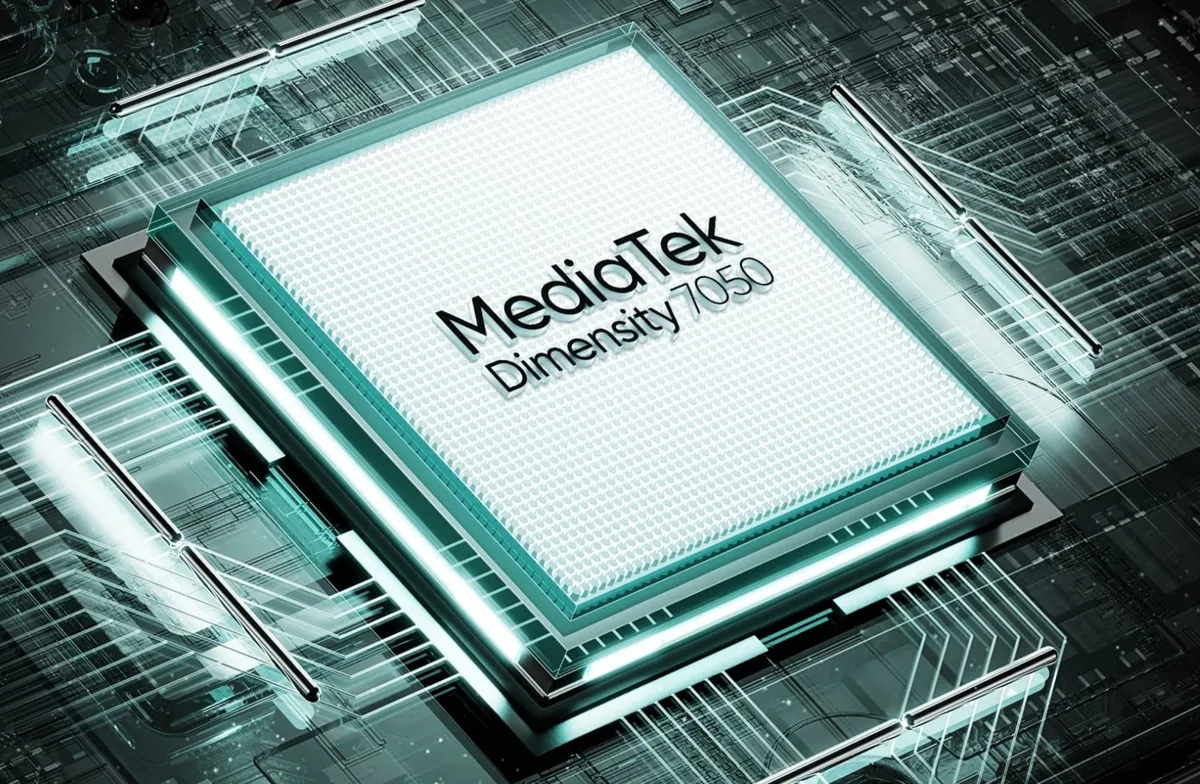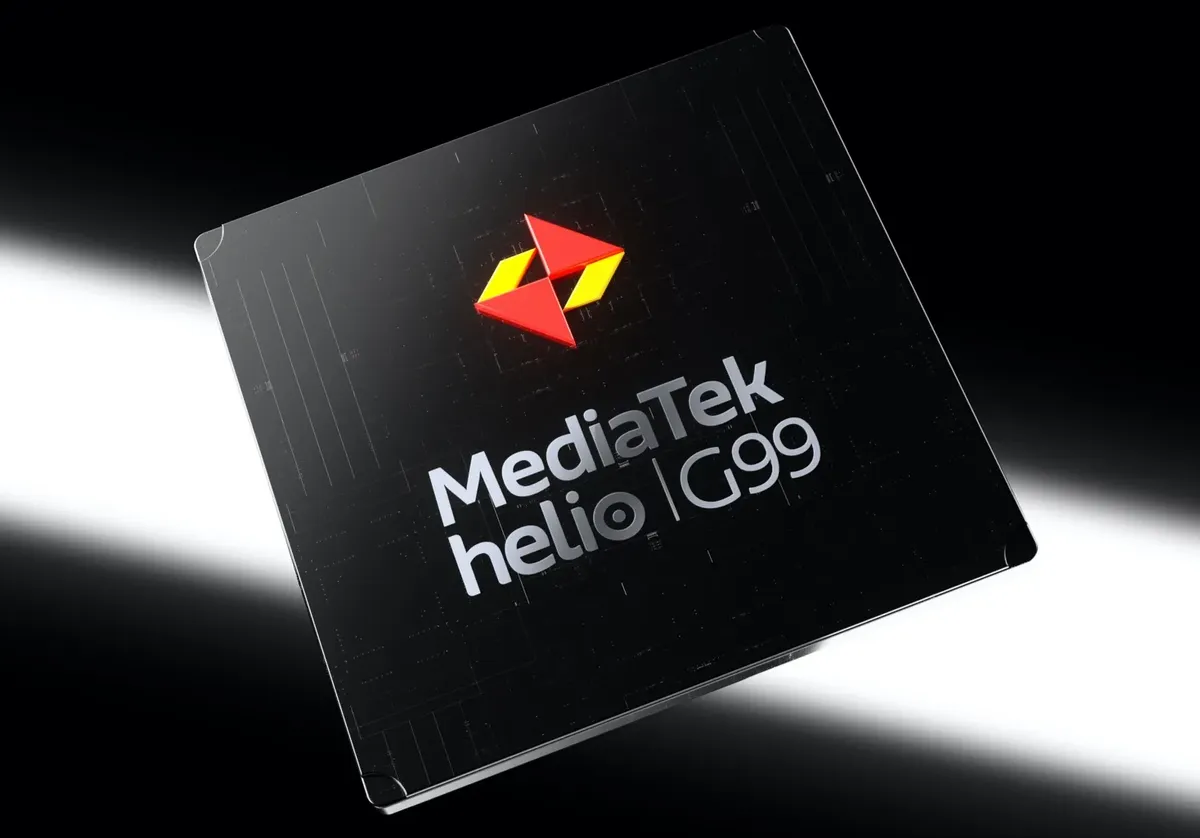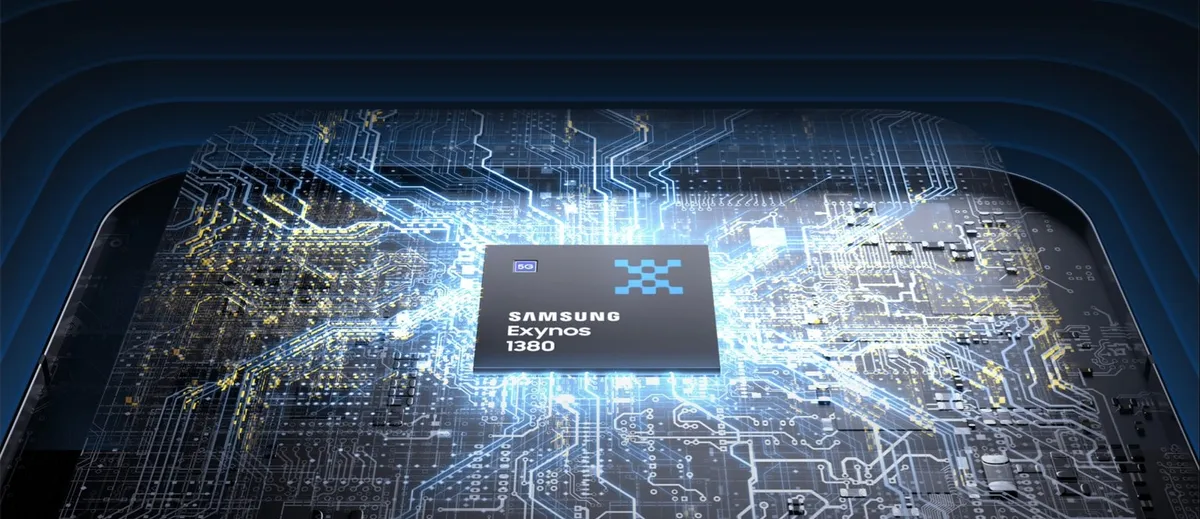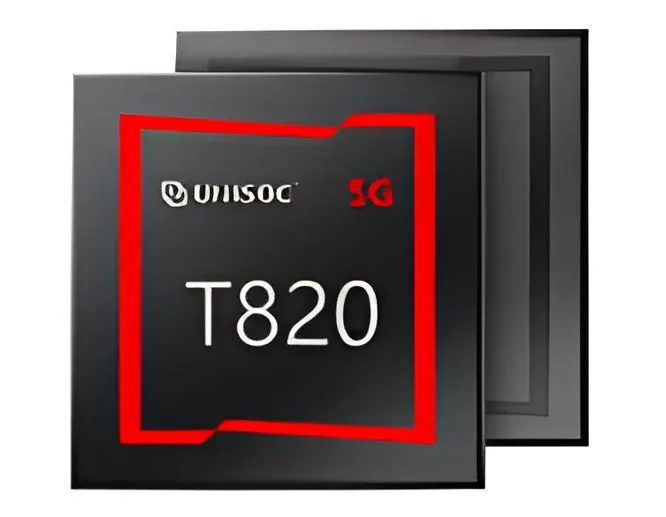5 Chipsets Similar to Unisoc T7300 and T8300
Unisoc T7300 and Unisoc T8300 are actually quite similar. The main differences are their release years and network support. Unisoc T8300 came out in 2024 and supports 5G, while Unisoc T7300 was released in 2015 and only supports 4G.
This is not something new. MediaTek did the same thing with Helio G99, G100, and G200. Qualcomm also did it with Snapdragon 695 and Snapdragon 6s Gen 3.
Unisoc T7300 was made for users who are okay with only 4G as long as the performance is fast. This helps reduce the price, which is why the T7300 was released. Both T7300 and T8300 have octa-core CPUs with the same setup; four powerful Cortex-A78 cores and four energy-saving Cortex-A55 cores.
They also use the same GPU, which is ARM Mali-G77. This GPU can handle games with medium to high graphics well. Both chips support Full HD+ displays and up to 120 Hz refresh rates, which makes the screen look smooth.
Phones that use the Unisoc T8300 include the nubia Air and nubia Neo 3 5G. Meanwhile, the itel S26 Ultra is one of the phones with the T7300 chip.
The AnTuTu v10 score of the nubia Neo 3 5G is 502,532. On GeekBench 6, it scores 893 for single-core and 2,273 for multi-core. The T7300 gets a similar AnTuTu v10 score. On the itel S26 Ultra, it reaches about 500,000 points. If you test it using AnTuTu v11, the score can go up to 690,000–700,000.
So, which chipsets are close in performance to the Unisoc T7300? Let’s look at these five options.
1. Dimensity 7050

MediaTek Dimensity 7050 is a mid-range chip and one of T7300’s direct competitors. Both are made using 6 nm technology, so their power efficiency is similar.
However, the CPU setup is a bit different. The Dimensity 7050 has two Cortex-A78 cores running at 2.6 GHz and six Cortex-A55 efficiency cores. On the other hand, the T7300 has four Cortex-A78 cores.
In theory, the T7300 should do better in multi-core tasks because it has more performance cores. But the Dimensity 7050 has higher clock speeds, which gives it a strong advantage too.
For graphics, Dimensity 7050 uses the Mali-G68 MP4 GPU. This GPU is slightly weaker than the Mali-G77 used in the T7300.
In AnTuTu v10 tests, the Dimensity 7050 usually scores around 550,000, which is a bit higher than the T7300. So even though the T7300 has more performance cores, the Dimensity 7050 performs better in benchmarks because of software support and faster CPU speeds.
I personally use a phone with Dimensity 7050, the realme 11 Pro+. Its performance is quite stable, and the phone is also quite expensive. Other phones with this chip include the realme 12+ 5G and OPPO Reno11 F 5G.
2. Snapdragon 6 Gen 1

The Snapdragon 6 Gen 1 from Qualcomm is a mid-range chipset designed with a focus on power efficiency. One of its main advantages is the use of a newer 4 nm manufacturing process. This makes it slightly more efficient than the Unisoc T7300, which is built on a 6 nm process.
In terms of CPU setup, both chips are quite similar. The Snapdragon 6 Gen 1 has four Cortex-A78 performance cores running at 2.2 GHz and four Cortex-A55 efficiency cores.
This matches the T7300, which also has four Cortex-A78 cores. The difference mainly lies in clock speed. For graphics, the Snapdragon 6 Gen 1 is equipped with the Adreno 710 GPU.
One example of a phone using this chip is the OPPO Reno 13F 5G. It gets an AnTuTu v10 score of around 560,000, which is slightly higher than the T7300. This performance boost likely comes from Qualcomm’s better optimization and more advanced chip design.
This makes sense, considering Unisoc is still catching up with bigger players like Qualcomm and MediaTek in terms of technology and development.
3. Helio G99/G100/G200

As mentioned earlier, MediaTek has released a few chips that are nearly identical in performance but carry different names. These include the Helio G99, G100, and G200. The differences between them are small, such as improvements in camera support, but overall performance remains the same.
The Helio G99 and its family are close competitors to the Unisoc T7300. Both support only 4G networks and are made using a 6 nm fabrication process. For comparison, the Unisoc T8300 supports 5G and is more similar to the Dimensity 6080, which is basically a 5G version of the Helio G99.
The biggest difference between the T7300 and the Helio G99 is in CPU architecture. The Helio G99 uses two ARM Cortex-A76 performance cores at up to 2.2 GHz, along with six Cortex-A55 efficiency cores. In contrast, the T7300 uses four Cortex-A78 performance cores, which belong to a newer generation.
This upgrade gives the T7300 better efficiency and faster processing. It also has twice the number of performance cores, which makes a big difference for heavy apps and multitasking.
On the graphics side, the Mali-G77 GPU on the T7300 is much stronger than the Mali-G57 MC2 used in the Helio G200. In benchmark tests, the Helio G200 family usually scores around 460,000 on AnTuTu v10. The Unisoc T7300 scores over 500,000, showing a clear advantage in performance.
4. Exynos 1380

The Exynos 1380 is used in phones like the Samsung Galaxy A54 5G, Galaxy A35 5G, and Galaxy M35 5G. Surprisingly, its performance is not very different from the itel S26 Ultra, which uses the Unisoc T7300. However, this comparison is only about performance, not other features.
In benchmark tests, the Exynos 1380 scores around 400,000 to 450,000 on AnTuTu v10, which is clearly lower than the Unisoc T7300, scoring over 500,000. This lower score is likely caused by its Mali-G68 MP5 GPU and less optimized performance overall.
Even so, the Exynos 1380 has strong points in other areas. It includes better image processing and other supporting features like ISP and DSP. These make the chip better for photography and multimedia tasks.
It also uses a 5 nm manufacturing process, which is technically more advanced than the 6 nm used in the T7300. The CPU layout is quite similar, with four Cortex-A78 cores at 2.4 GHz and four Cortex-A55 efficiency cores.
5. Unisoc T820

If you're looking for a close alternative from the same Unisoc family, the Unisoc T820 is the one to consider. While the T7300 and T8300 are like twins, the T820 is more like their older sibling.
The T820 also uses a 6 nm process, but the CPU cores are from an older generation. It has one Cortex-A76 core at 2.7 GHz, three more Cortex-A76 cores, and four Cortex-A55 cores for efficiency.
Even though the clock speed is high, the older Cortex-A76 design makes the T820 slower than the Cortex-A78 used in the T7300 and T8300. Its GPU is also lower in class, using Mali-G57 MP4 instead of the Mali-G77 in the T7300.
This difference is clear in benchmark results. The AnTuTu v10 score for the T820 is around 450,000, which puts it behind both the T7300 and T8300. Phones that use the T820 include the Nubia Neo 5G and Nubia Neo 2 5G.
That said, the Unisoc T7300 offers great value for phones that only support 4G and are sold at more affordable prices. Its performance is on par with the Dimensity 7050 and Snapdragon 6 Gen 1 in many use cases. It also performs better than the Helio G99, G100, and G200.
If you don’t need 5G and want a phone that handles multitasking well without costing too much, a device with the T7300 is a good choice. If you want the same experience but with 5G support, go for a phone with the Unisoc T8300.
